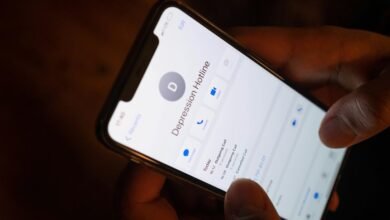Find Out Everything About Any Phone Number: 5052186941, 5052530583, 5052530585, 5052530589, 5052530592, and 5052530596

The inquiry into the phone numbers 5052186941, 5052530583, 5052530585, 5052530589, 5052530592, and 5052530596 raises several questions about their origins and ownership. What information can be uncovered through reverse lookup services? Are there common patterns that indicate potential scams or legitimate calls? Understanding these nuances may provide critical insights into personal security. The implications of uncovering such data could be significant. What might these numbers reveal about their callers?
Understanding the Basics of Phone Number Identification
Although phone numbers are ubiquitous in modern communication, understanding their identification can be surprisingly complex. Various phone number types, including mobile, landline, and VoIP, contribute to this intricacy.
Caller identification systems aim to unveil the origin of these numbers, but discrepancies often arise. Analyzing how these systems function reveals underlying issues in privacy and transparency, raising important questions about the freedom to control one’s own communication.
Tools and Resources for Tracking Phone Numbers
Numerous tools and resources are available for tracking phone numbers, each offering varying degrees of accuracy and functionality.
Reverse lookup services provide insights into the owner of a number, while online databases aggregate information from multiple sources.
Users seeking transparency must critically evaluate these services to ensure reliability, as the depth of data can significantly influence their effectiveness in tracing phone number origins.
Common Red Flags to Watch Out For
When assessing phone numbers, it is crucial to remain vigilant for common red flags that may indicate potential fraud or scams.
Scam calls often originate from unknown callers who employ tactics such as urgency or impersonation. Additionally, suspicious caller IDs or repeated calls from the same number can signal deceitful intentions.
Awareness of these indicators can help individuals protect their personal information and financial security.
Conclusion
In the vast forest of communication, phone numbers serve as mysterious trails leading to unknown destinations. Each number, like a whisper among the trees, holds secrets waiting to be uncovered. As one navigates this intricate web, utilizing the right tools is akin to wielding a lantern in the dark, illuminating potential dangers and guiding safe passage. By remaining vigilant, individuals can transform uncertainty into understanding, ensuring their journey through this labyrinthine landscape is both secure and informed.




